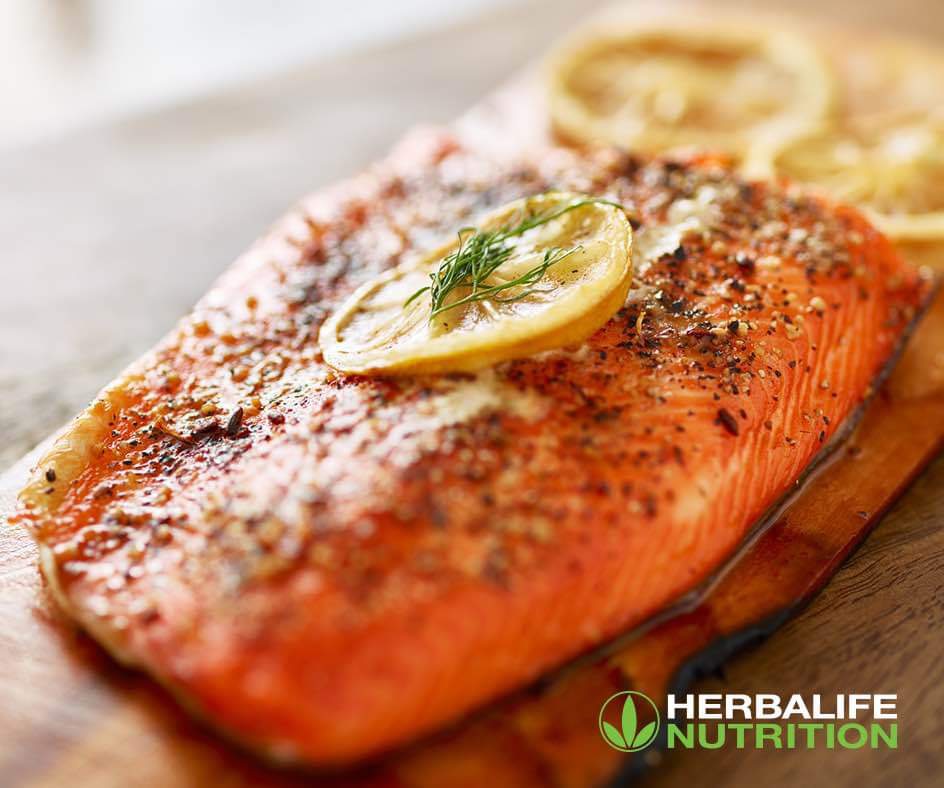For many, the quest for good health often revolves around visible indicators like a lean physique and high energy levels. However, how frequently do we think about what lies beneath the surface – like the health of our bones?
In the Philippines, 97.2% of adults and 95.5% of elderly suffer from calcium deficiency putting them at risk for bone conditions like osteoporosis. Our bones are the silent architects of our well-being, supporting our structure and our ability to stay active, remain productive members of society, and live longer in good health. This is why having a proactive approach to bone health is essential.
Preventing osteoporosis: Diet and nutrition
Bone health is not just a concern for the elderly, but a lifelong endeavour that begins in early adulthood. Individuals often attain peak bone mass by their early 30s, making investing in skeletal strength before that milestone important.
A balanced diet rich in bone-strengthening nutrients lays the foundation for a resilient skeletal structure, significantly reducing the risk of osteoporosis later in life. Emerging evidence suggests that the relationship between diet and bone health is integral to a holistic approach to aging gracefully.
While genetics play a role in bone density, nutritional choices are powerful determinants of our overall bone health. By prioritizing nutrient-rich foods early on, we can stave off the debilitating effects of bone loss as we age.
Nutrients for healthy bones

According to Alex Teo, Director of Research Development and Scientific Affairs, Asia Pacific, Herbalife, several key nutrients are at the core of maintaining healthy bones, each contributing uniquely to skeletal strength. Calcium, a primary building block of bone, comprises 99% of the body’s calcium stores. Teo recommends that adult women should consume approximately 3 cups of milk daily (1,200 mg of calcium), while adult men should aim to drink around 2.5 cups of milk daily (1,000 mg of calcium). Rich sources of calcium include milk and dairy products, leafy greens, and fortified foods.
Teo also reminds us that Vitamin D plays a crucial role in calcium absorption, making it a vital partner in bone health. The recommended daily allowance varies, but generally, 600 to 800 IU (‘international unit’ is a measure of the biological effect of vitamins and other substances) is sufficient for most adults. Safe exposure to sunlight and a diet including fatty fish, fortified milk, and supplements are the most effective ways to achieve optimal vitamin D levels.
Other vital nutrients include magnesium and phosphorus, which play a part in bone formation and maintenance. However, proteins, which are critical to providing the framework for bone structure, are also often overlooked. A diet that includes these nutrients will go a long way in achieving optimal bone health.
Tips for optimal consumption
Timing and moderation are essential when it comes to nutrient intake. Vitamin D increases absorption of calcium. Small intakes of calcium throughout the day may result in better absorption as well as minimizing side effect such as constipation. Pairing calcium with vitamin D and magnesium can further boost its efficacy.
While sunlight is an excellent source of vitamin D, many individuals may require supplements, especially in regions with limited sunlight. However, moderation is key – excessive intake may lead to vitamin D toxicity. Similarly, limit caffeine, salt, and alcohol consumption, as these can hinder calcium absorption and contribute to a loss in bone density.
Lifestyle choices

Nutrition is only part of the equation. Lifestyle choices, such as the following, can help solve the problem:
Incorporating bone-friendly habits into daily life can mitigate the risk of falls and fractures as we age. Good posture, balance exercises, and ensuring a safe living environment are all integral to a proactive approach to bone health.
As we journey towards our golden years, it’s important to nurture our skeletal health as part of a holistic health regimen. Strong bones help pave the way for a strong life, so let’s invest in them today for a healthier tomorrow.




